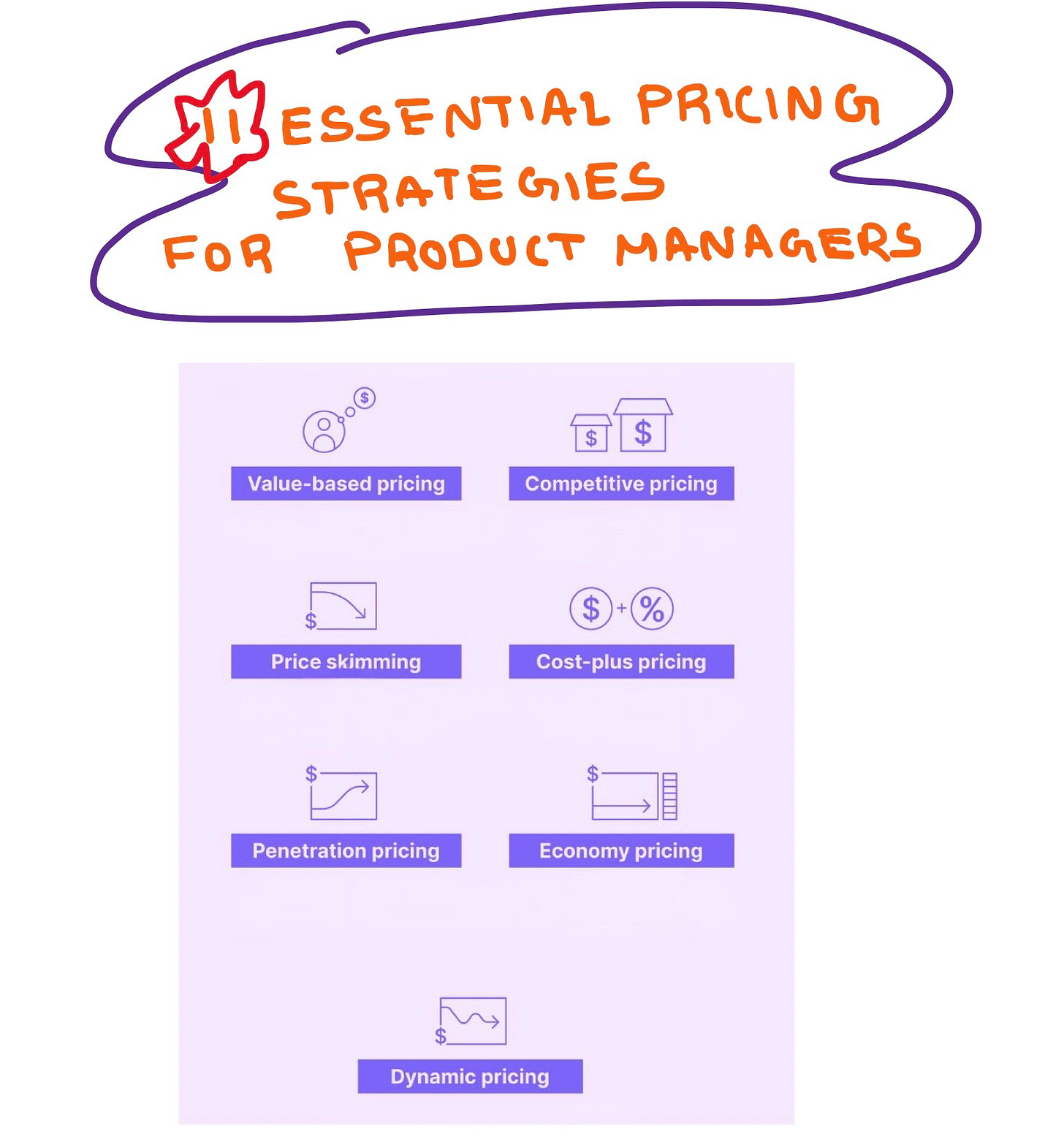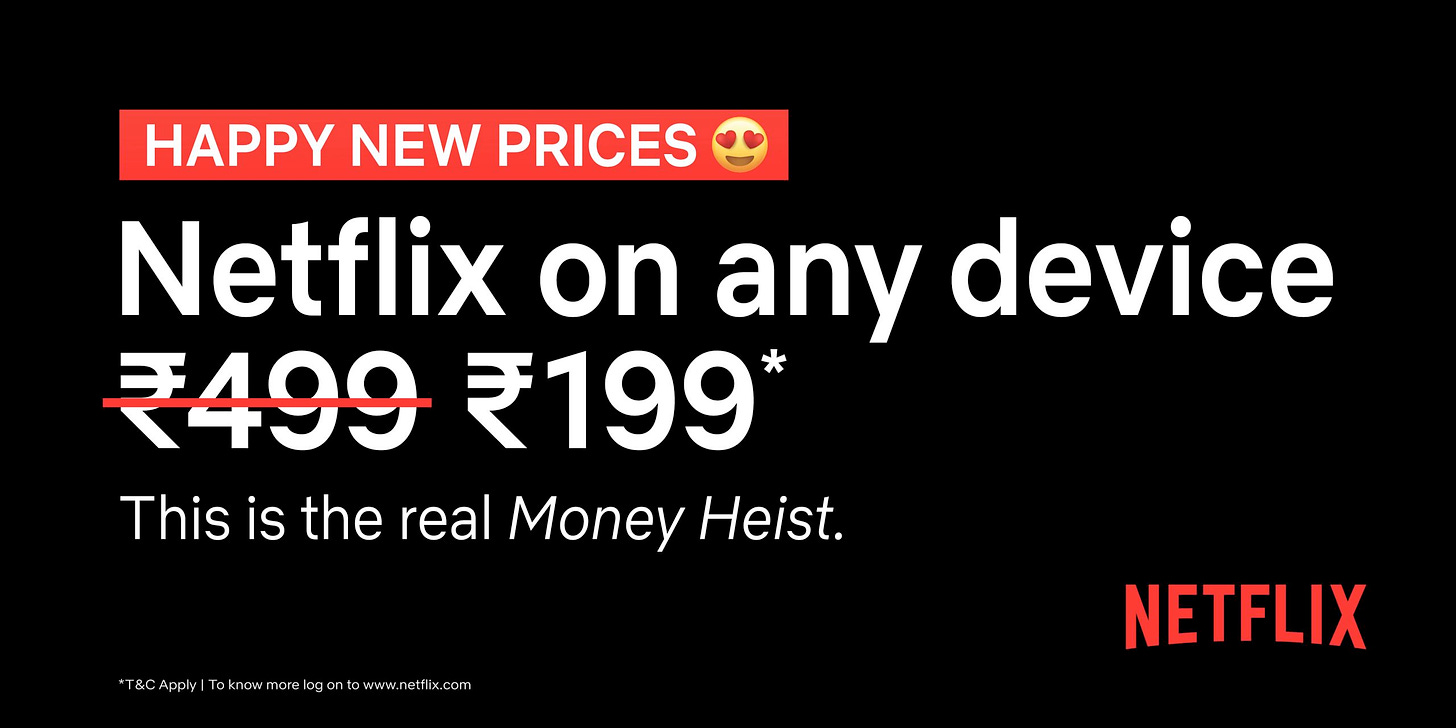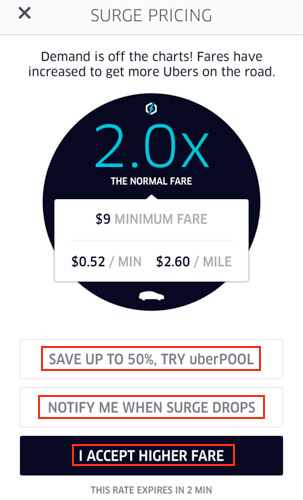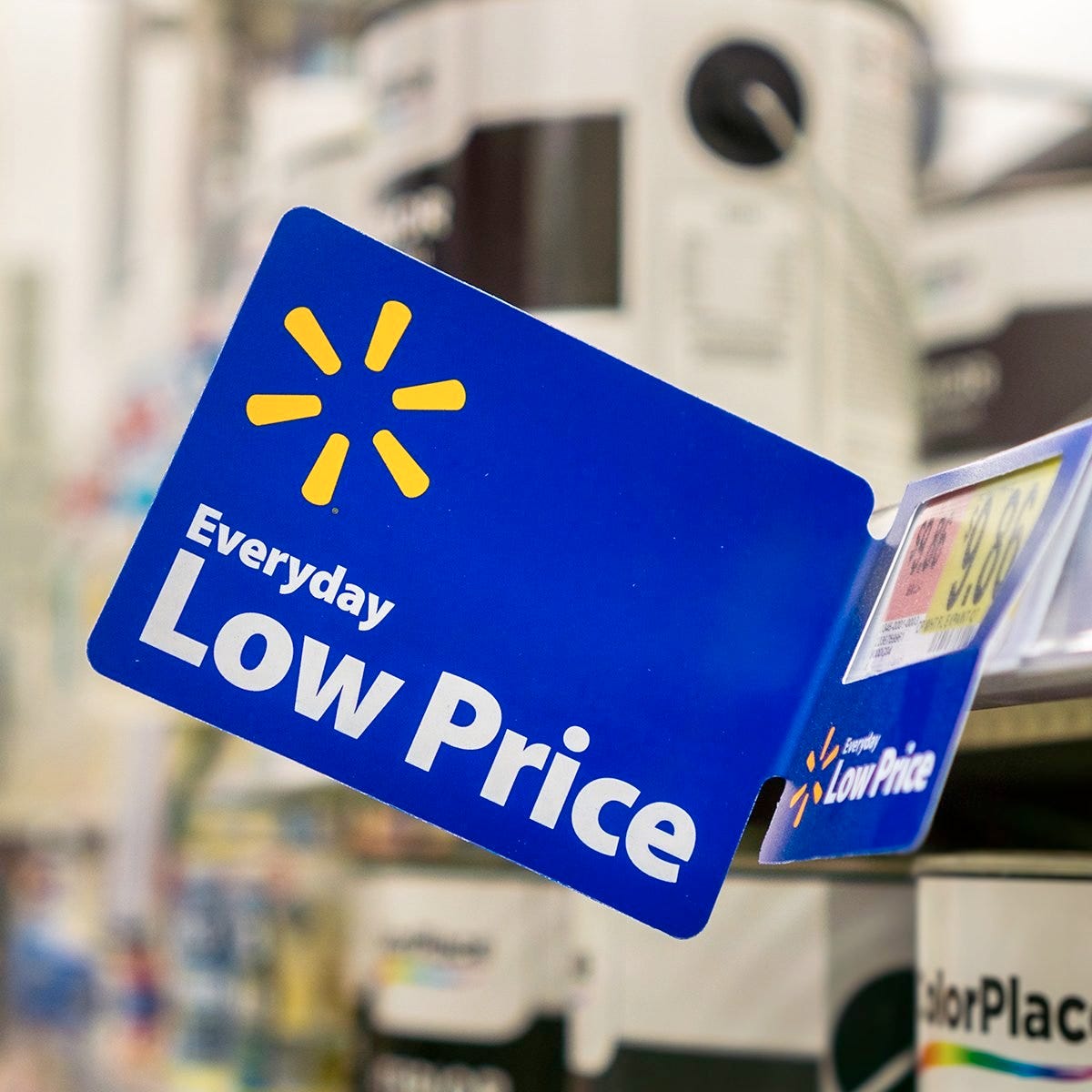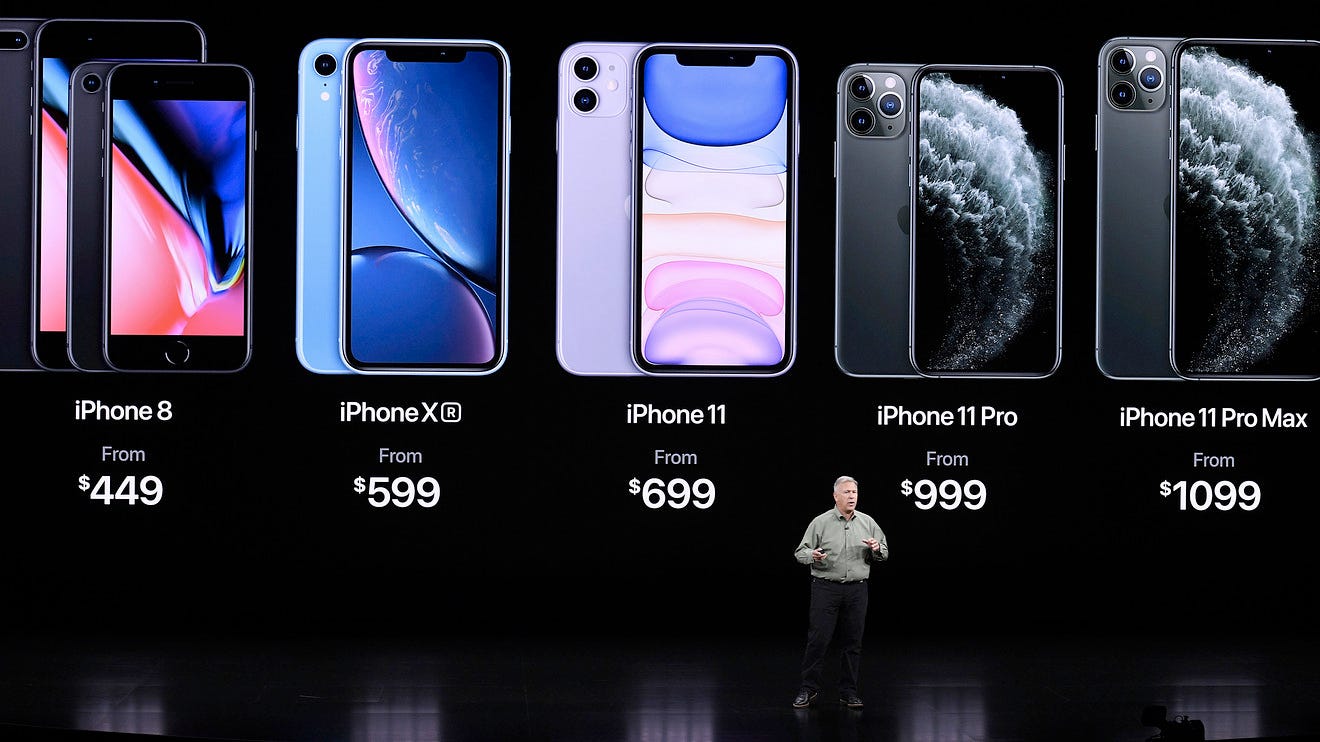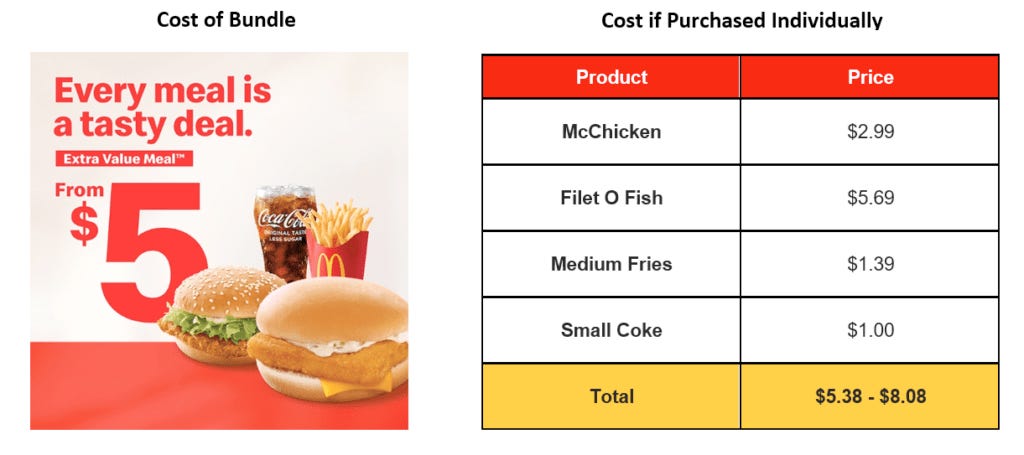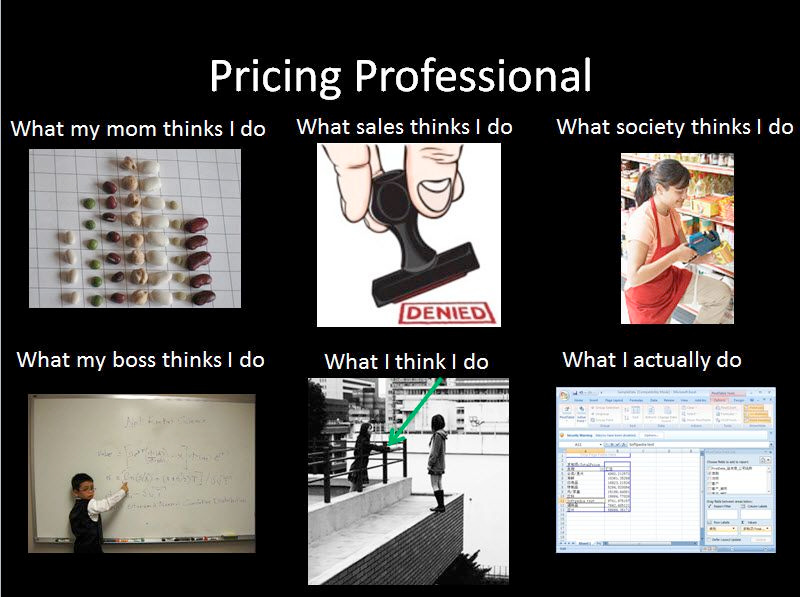Quote
"Price is what you pay. Value is what you get." - Warren Buffett
Poll
What is the biggest challenge you face when setting prices for your products?
Understanding customer willingness to pay
Competitor pricing strategies
Estimating costs accurately
Achieving profit margins
Other (Please Specify)
💯 Framework // Concept // Mental Model
In the dynamic world of product management, the importance of pricing cannot be overstated. A well-planned pricing strategy is crucial in determining a product's profitability, market positioning, and perceived value. Therefore, mastering an array of pricing strategies can empower product managers to optimize their financial performance and remain competitive. In this blog post, we'll explore 11 pivotal pricing strategies with real-world examples, guiding you on when and how to implement each.
Cost-Plus Pricing💰
Cost-Plus Pricing, the most elementary of pricing strategies, entails adding a predefined profit margin to the product's production cost. While this strategy assures the recovery of costs and enables a consistent profit, it often overlooks consumer demand, market competition, and the perceived value of the product.
For instance, imagine a bakery selling handcrafted cupcakes. If the total cost of ingredients, labor, and overheads for one cupcake is $2, and the bakery aims for a 50% profit margin, the selling price becomes $3.
Competitive Pricing🥊
With Competitive Pricing, you peg the price of their products relative to their competitors'. This strategy thrives in markets where product differentiation is minimal, and the purchase decision hinges predominantly on price.
Consider gasoline stations; you'll rarely notice significant price discrepancies between different stations within the same vicinity.
Penetration Pricing🚀
Penetration Pricing is about offering lower prices to quickly capture market share. It's an effective strategy when introducing a new product or entering a new market. As the product becomes established and customer loyalty strengthens, prices can be gradually increased.
Streaming services like Netflix and Hulu have employed this strategy, offering low initial subscription rates to attract a large user base.
Dynamic Pricing⏳
Dynamic Pricing sees prices flexibly adjusted in real-time according to market demand and other external factors. This strategy, often driven by advanced algorithms, is becoming more prevalent in industries like hospitality, travel, and e-commerce.
The ride-hailing company Uber implements dynamic pricing, increasing its prices during peak hours, bad weather, or high-demand events—a strategy known as 'surge pricing.'
Price Discrimination 🎭
Price Discrimination strategy allows businesses to sell the same product or service at varying prices to different customers. This approach is often seen in the entertainment industry, particularly in movie theaters.
Consider a typical movie theater that charges different ticket prices based on factors such as age and timing. Adults usually pay the standard ticket price, while children, students, and seniors often receive discounts. Matinee shows—those held in the daytime or on weekdays—are usually cheaper than prime-time evening shows or weekend screenings.
The movie-watching experience remains the same—everyone watches the same movie in the same theater. However, by segmenting their audience and understanding their willingness to pay, the movie theater can optimize its ticket pricing, ensuring maximum returns from each segment.
Economy Pricing📉
Economy Pricing aims to attract price-sensitive consumers by maintaining low prices. To ensure profitability at low price points, businesses employing this strategy must streamline operations to minimize costs.
Retail giants like Walmart exemplify this strategy, offering a broad range of products at low prices by capitalizing on economies of scale.
Premium Pricing👑
In contrast to Economy Pricing, Premium Pricing is about pricing products higher than competitors'. This strategy leverages unique product features, superior quality, or strong brand reputation to justify the higher price.
Apple's products, such as the iPhone and MacBook, are significantly pricier than most competitors. Yet, consumers are willing to pay a premium for their innovative design, quality, and brand prestige.
Loss Leader Strategy🔻
The Loss Leader Strategy involves selling a product at a price below market cost to stimulate sales of more profitable products. Supermarkets often employ this strategy, offering staple products like milk or eggs at a low price to entice customers, expecting they'll also purchase other higher-margin products.
Value-Based Pricing 💎
Value-Based Pricing centers on the perceived value of a product or service from the customer's perspective. Rather than basing prices on production cost or competition, this strategy evaluates how much customers believe the product is worth and what they're willing to pay for it.
For example, a pharmaceutical company might price a life-saving drug based on the value it provides to patients—its ability to save lives—rather than the cost to produce it.
Price Skimming 🌊
Price Skimming is a strategy typically employed during a product's introductory phase, where the price is set relatively high to 'skim' the market's top layer—those customers willing to pay a premium to have the product first. As the market becomes more saturated, the price is gradually lowered to attract other, more price-sensitive segments. This approach enables a company to maximize its profits layer by layer.
Consumer electronics, particularly smartphones and gaming consoles, frequently utilize this strategy. For example, when a new PlayStation console is launched, it's initially priced high, targeting hardcore gamers willing to pay a premium for early access. As the product matures and competitors introduce alternatives, the price is reduced to attract a broader customer base.
Moreover, price skimming can aid in recouping development costs quickly, especially relevant in industries where products have a high research and development expenditure.
Bundle Pricing 📦
Bundle Pricing is a strategy where a group of products or services is sold together at a lower price than if they were purchased individually. This approach encourages customers to buy more, increasing the company's sales volume, and can also help to move slow-selling items when they're bundled with popular products.
A classic example of bundle pricing is in the fast-food industry. McDonald's, for instance, often sells a burger, fries, and a drink together as a "meal" at a lower price than if you bought each item separately.
In the software industry, Microsoft Office is a good example. It bundles several software programs like Word, Excel, PowerPoint, and Outlook, often priced lower than if each application was purchased individually.
Bundle pricing can benefit the customer by offering convenience and perceived savings, while the company can often increase overall revenue and improve product exposure.
Conclusion🔚
Choosing an effective pricing strategy blends art and science, calling for a careful analysis of market conditions, business goals, and consumer behavior. As a product manager, understanding these nine pricing strategies will equip you with versatile tools to tackle various market scenarios. Remember, the choice of strategy should align with your overall business objectives, product positioning, and target market characteristics. As market conditions evolve, your pricing strategy should adapt accordingly. Always keep your finger on the pulse of your market and maintain a customer-centric approach to pricing.
🎧 Podcast
😎 Meme
🌟 Some of our popular newsletter editions
👩💼 Week 22 - How to create a customer persona for your product
🧠 Week 24 - 14 Behavioral Psychology Concepts Product Managers Should Know
📊 Week 27 - 📈 How to Develop and Write KPIs: A Guide for Product Managers 📋
📚 Week 6 - PM 101 (Books, Articles, Podcasts and Newsletters)
✍️ Week 29 - 💡 A Step-by-Step Guide to Crafting Killer 📝 Problem Statements
🤯 Week 16 - 6 Most Effective Problem Prioritization Frameworks for Product Managers - Part 1
🤯 Week 17 - 6 Most Effective Problem Prioritization Frameworks for Product Managers - Part 2
I spend a lot of time researching on topics to give you the best content, If you like my work please like and share it with others. If you have any feedback for me or want me to write on other topics please leave a comment below. Thanks for your continued support.
✌️ It only takes one minute to complete the Net Promoter Score survey for this Post, and your feedback helps me to make each Post better.
https://siddhartha3.typeform.com/to/AmQxc4Uk
If you liked reading this, feel free to click the ❤️ button on this post so more people can discover it on Substack 🙏




